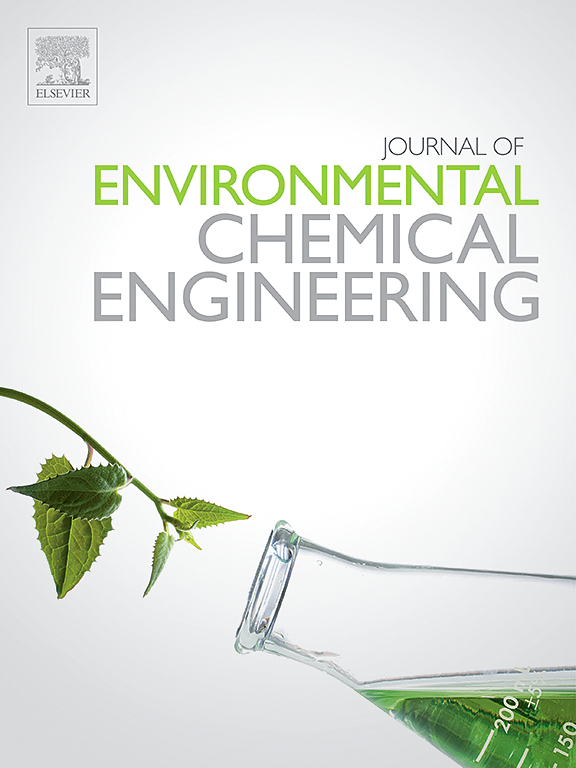A review of redox-active polymers for selective electrochemical removal of uncharged organic pollutants from water
IF 7.4
2区 工程技术
Q1 ENGINEERING, CHEMICAL
引用次数: 0
Abstract
The removal of uncharged organic pollutants (UOCs) from water is critical due to their widespread occurrence, persistence, and risks to ecosystems and human health, despite trace concentrations. Conventional methods struggle with UOCs’ near-neutral charge, hydrophobicity, and low reactivity. This review highlights redox-active polymers (RAPs) as a transformative solution for their selective electrochemical removal. We systematically analyze advancements in RAPs-based electrochemical technologies, focusing on molecular selectivity mechanisms (e.g., supramolecular recognition, π-π interactions) and potential-controlled adsorption enabled by tailored electrode interfaces. A critical discussion on RAPs synthesis (e.g., electropolymerization, nanocomposite design) and applications—particularly N-oxyl compounds like TEMPO—reveals their unique redox-switchable properties for targeted pollutant capture. Notably, this work presents an innovative perspective by integrating cutting-edge molecular-level insights with scalable, energy-efficient electrochemical systems for water purification. Finally, we outline future directions for scalable RAPs systems, bridging molecular-level precision with energy-efficient water treatment. This review provides both theoretical foundations and actionable guidelines for advancing next-generation electrochemical remediation technologies.
求助全文
约1分钟内获得全文
求助全文
来源期刊

Journal of Environmental Chemical Engineering
Environmental Science-Pollution
CiteScore
11.40
自引率
6.50%
发文量
2017
审稿时长
27 days
期刊介绍:
The Journal of Environmental Chemical Engineering (JECE) serves as a platform for the dissemination of original and innovative research focusing on the advancement of environmentally-friendly, sustainable technologies. JECE emphasizes the transition towards a carbon-neutral circular economy and a self-sufficient bio-based economy. Topics covered include soil, water, wastewater, and air decontamination; pollution monitoring, prevention, and control; advanced analytics, sensors, impact and risk assessment methodologies in environmental chemical engineering; resource recovery (water, nutrients, materials, energy); industrial ecology; valorization of waste streams; waste management (including e-waste); climate-water-energy-food nexus; novel materials for environmental, chemical, and energy applications; sustainability and environmental safety; water digitalization, water data science, and machine learning; process integration and intensification; recent developments in green chemistry for synthesis, catalysis, and energy; and original research on contaminants of emerging concern, persistent chemicals, and priority substances, including microplastics, nanoplastics, nanomaterials, micropollutants, antimicrobial resistance genes, and emerging pathogens (viruses, bacteria, parasites) of environmental significance.
 求助内容:
求助内容: 应助结果提醒方式:
应助结果提醒方式:


